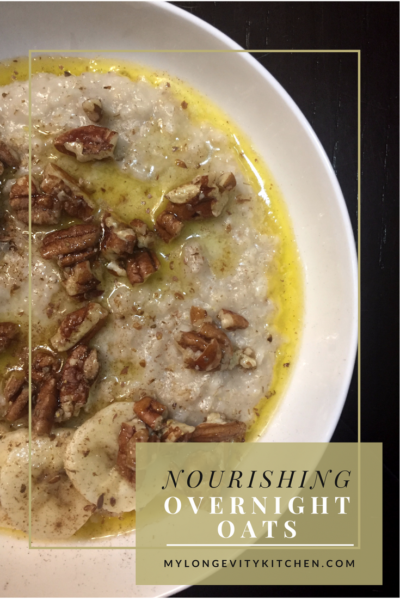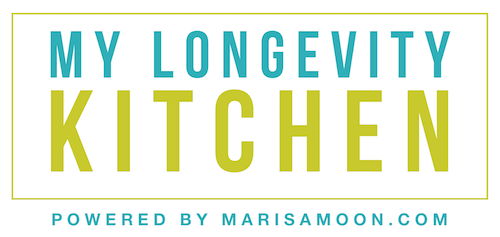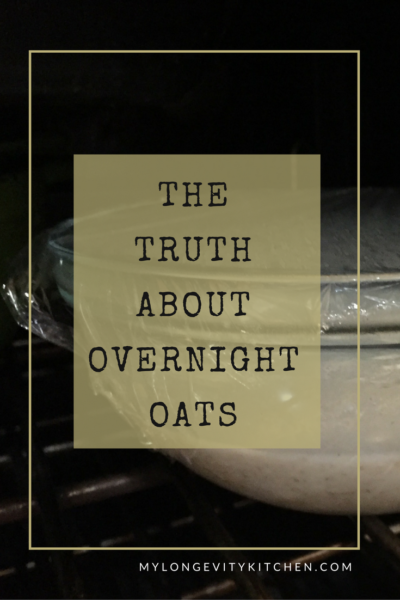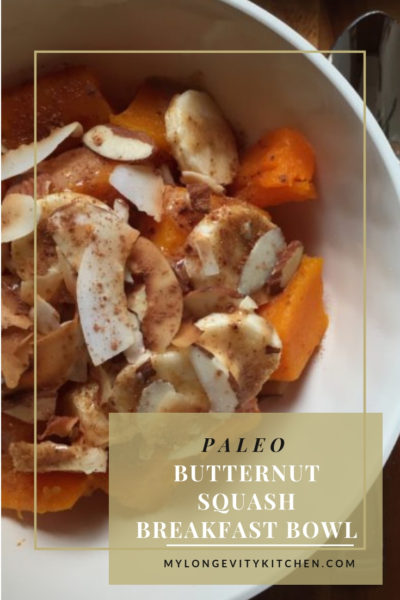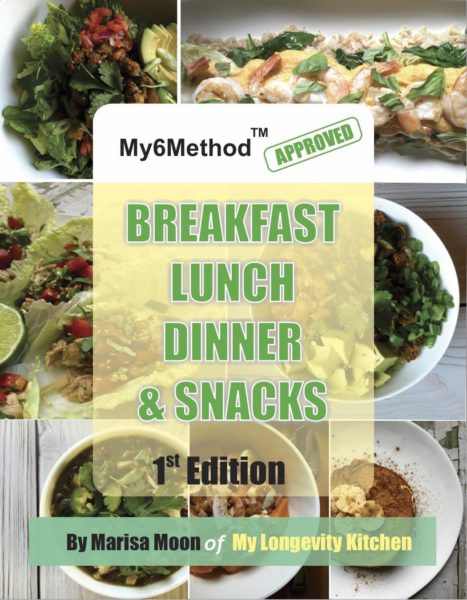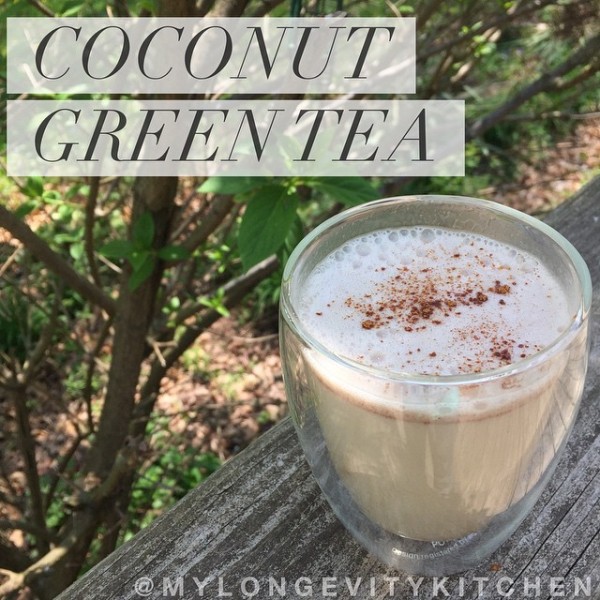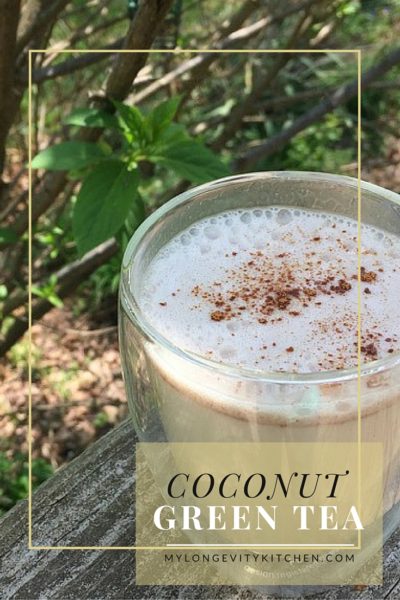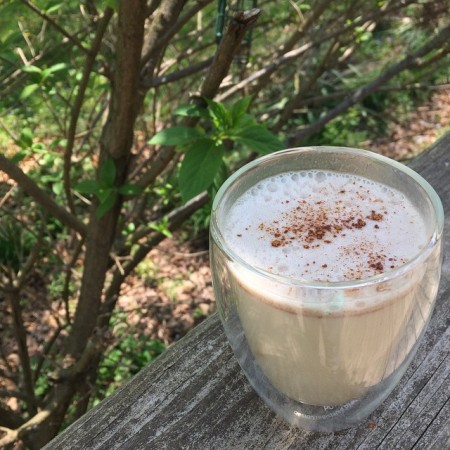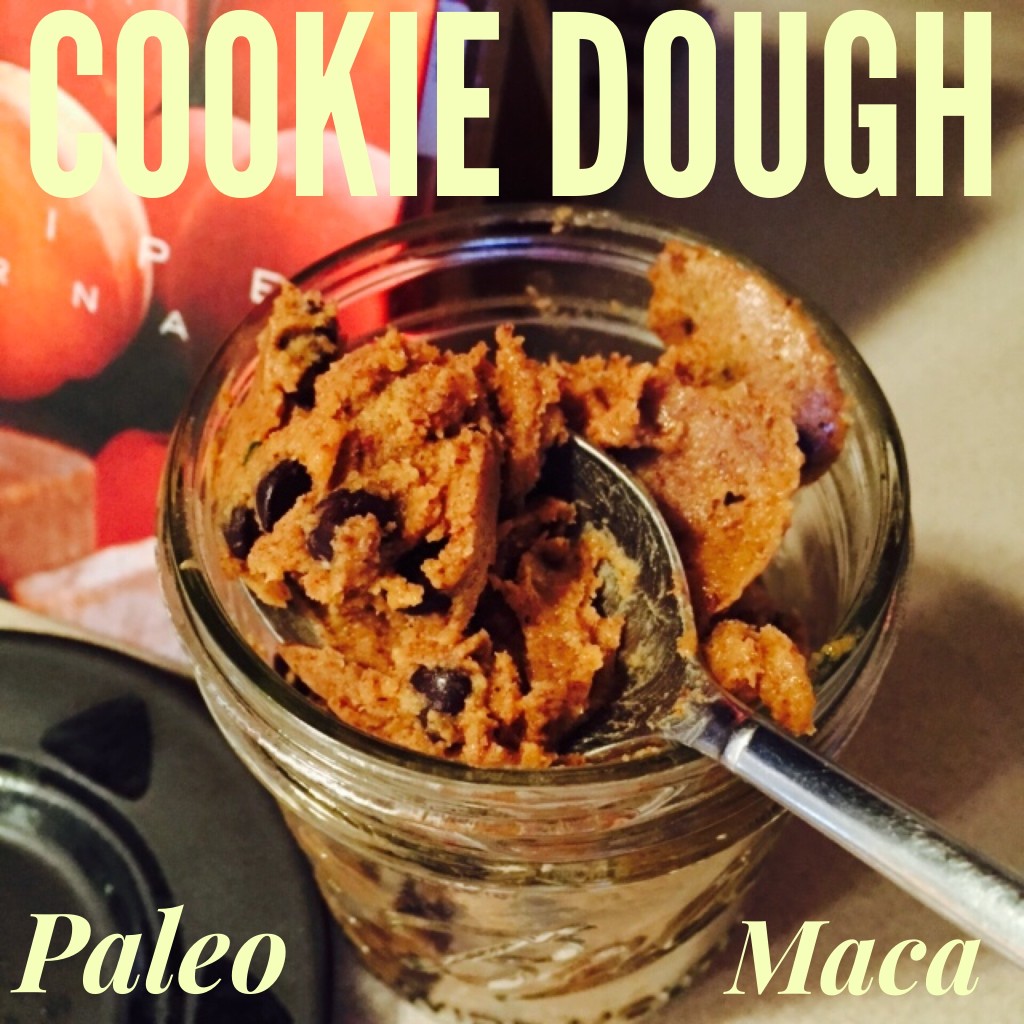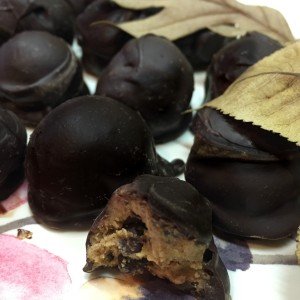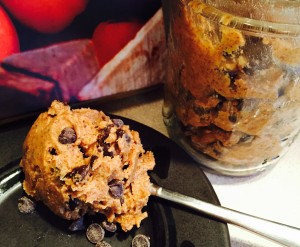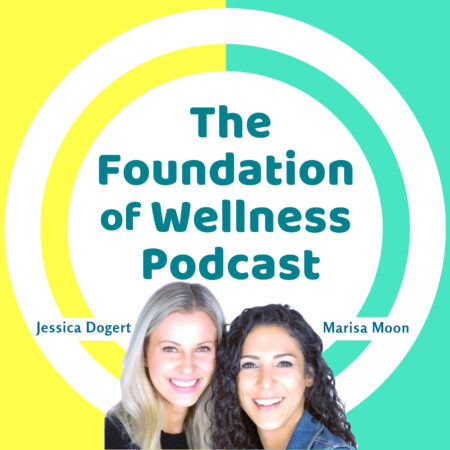No time to read? Listen to my podcast episode dedicated to this article:
Somebody got this trend all wrong.
Well, not ALL wrong…but they messed up the only step in the recipe! We shouldn’t be soaking our overnight oats in the refrigerator, we should be soaking them with warm water, at room temperature—or even warmer. And would you believe that cooking the oats afterwards actually makes them even MORE nutritious. This is not a food you want to eat raw. Let me break down the basics for you…
Our ancestors ate whole grains after soaking them or fermenting them. Over time they figured out that this was how grains needed to be prepared—in order to avoid illness. It was probably thanks to serendipity that they figured this out back then because there weren’t any refrigerators…food was just left out. But as generations passed, and food culture diminished, we have been hastily preparing our grains…and we’ve even gone as far as thinking they are best uncooked! This is flat out wrong.
Did you know that the oatmeal box, back in the day, used to say “soak overnight” in the directions? What happened to that?
You see, all grains contain something called “phytic acid”—or phytates—in the outer layer or bran, and oats contain more phytates than almost any other grain. So, if this phytic acid is untreated, it will combine with important minerals in our body and block their absorption. I’m talking about calcium, magnesium, iron, zinc, and copper. We need these minerals, and our food supply is providing less and less of them because of modern farming methods. We should take every precaution to protect the minerals that are still available to us. Regular consumption of improperly prepared grains (also legumes, and nuts) can lead to mineral deficiencies, leaky gut, irritable bowel syndrome, bone loss, food allergies, and even mental illness…this is not only due to the phytic acid content, but more so a combination of these plant chemicals along with others like lectins, goitrogens, and oxalates to name a few. It’s the dose that makes the poison, and it varies widely from person-to-person (or gut-to-gut).
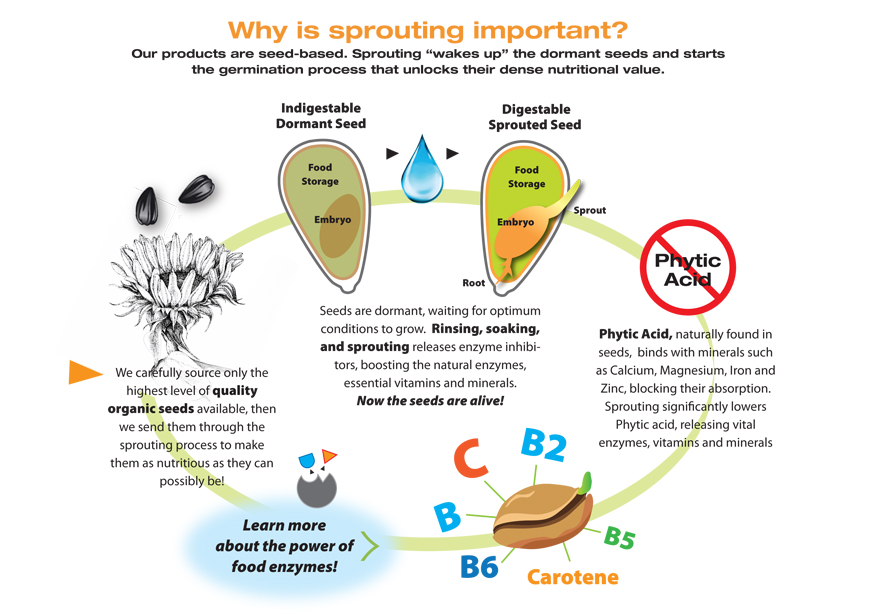
So what’s the proper way to prepare these grains?
The process is simple really. All we need to do is soak the whole grains overnight at room temperature, or even warmer, and cook after soaking. It helps tremendously if, during the soak, you add an acid starter like liquid whey, kefir, yogurt, or even lemon juice. Allow the natural enzymes and other helpful organisms to begin fermenting the grains, for 7-24 hours, and this will neutralize a large portion of the phytic acid.
Soaking in warm, acidic or cultured water not only gets rid of this mineral-blocking substance, but it also releases all of the vitamins in grains, and encourages more healthy digestion by partially breaking down some of the proteins (like gluten). Win Win, all around! Finish your oatmeal by cooking for a quick 5-10 minutes (more on that in the recipe at the end of this post).
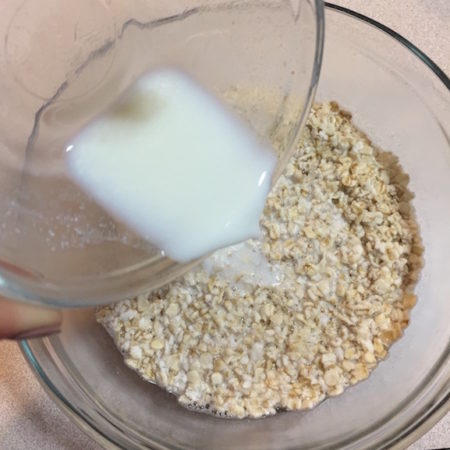
Spread the word to those we care about.
Oatmeal is one of those things that people eat habitually…every single morning. That’s why it’s important to spread the word. Although I do not usually consume oatmeal or most grains, I felt the need to focus on this recipe because many of my closest friends and family are enjoying oatmeal on a regular basis. My goal with My Longevity Kitchen is to help explain how we can maximize the nutrients in our food, and minimize toxins. And my passion lies in the ways of our ancestors, and their time-honored traditional cooking methods. Oatmeal can be nutritious, or quite the opposite. I hope you’ve learned a thing or two on how to make it truly nourishing. Here are some more tips for you, and the recipe!
